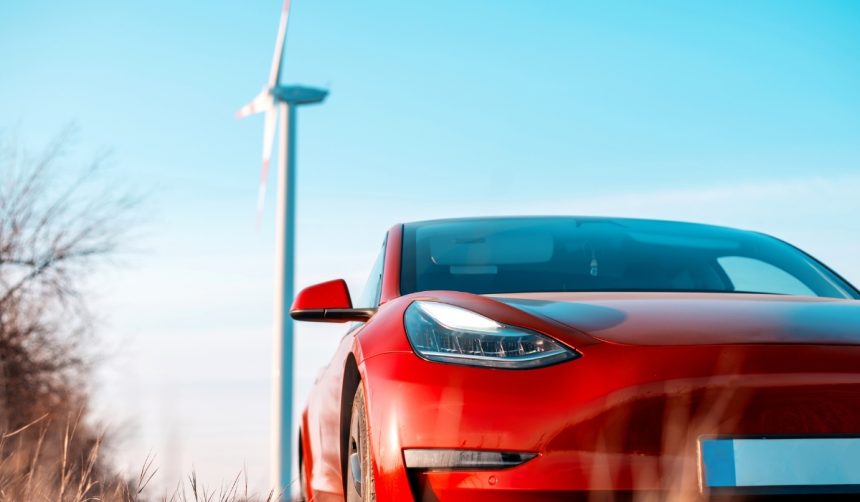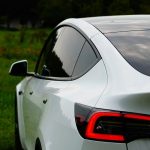Tesla has signaled the upcoming release of its much-anticipated Model 2 along with other next-generation electric vehicle designs during its Q1 2025 earnings call. The company’s focus remains on making electric vehicles more accessible and affordable to a broader market. As Tesla continues to innovate, investors and enthusiasts are keenly watching for developments that could influence the company’s growth trajectory.
Looking back at previous announcements, Tesla’s commitment to affordable electric vehicles has been consistent. While earlier projections hinted at models like a stripped-down Model 3, the company ultimately launched the Robotaxi and Robovan instead. This latest update reaffirms Tesla’s ongoing efforts to diversify its vehicle lineup and address consumer demand for budget-friendly options.
When Will the Model 2 Be Released?
“We’re still planning to release models this year. As with all launches, we’re working through, like, the last minute issues that pop up. We’re knocking them down one by one. At this point, I would say that the ramp might be a little slower than we had hoped initially…but there’s nothing that’s blocking us from starting production within the next, within the timeline laid out in the opening remarks.”
How Will the Model 2 Align with Tesla’s Production Capabilities?
“And I will say it’s important to emphasize that, as we’ve said all along, the full utilization of our factories is the primary goal for these new products. And so the flexibility of what we can do within the form factor and, you know, the design of it is really limited to what we can do on our existing lines rather than building new ones.”
What Are the Expected Features of the Model 2?
“But we’ve been targeting the low cost of ownership. Monthly payment is the biggest differentiator for our vehicles, and that’s why we’re focused on bringing these new models with the, you know, the lowest price, to the market, within the constraints I just highlighted.”
The upcoming Model 2 is anticipated to play a significant role in Tesla’s strategy to capture a larger share of the electric vehicle market. By utilizing existing production facilities, Tesla aims to streamline the manufacturing process and reduce costs, which could potentially lead to more competitive pricing. Additionally, the emphasis on low ownership costs aligns with broader market trends favoring affordability and accessibility in electric vehicles.
As Tesla prepares to introduce the Model 2, stakeholders are watching closely to see how the new model will impact the company’s market position and financial performance. The integration of next-gen EV designs alongside the Model 2 may also set the stage for future innovations and product launches, further solidifying Tesla’s presence in the evolving automotive industry.
Tesla’s approach to releasing the Model 2 within the constraints of existing production lines highlights the company’s commitment to efficiency and cost-effectiveness. This strategy not only supports Tesla’s goal of making electric vehicles more affordable but also demonstrates adaptability in leveraging current resources to meet market demands. Investors may find the successful launch and reception of the Model 2 as a key indicator of Tesla’s ability to sustain growth and competitiveness in the rapidly expanding EV sector.










